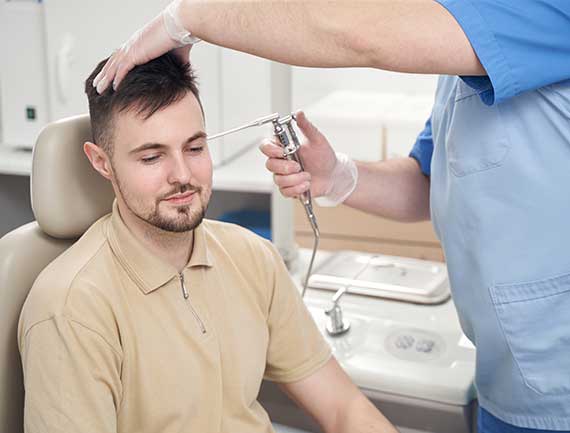A myringotomy is the next best option in cases where medication and other therapies have failed.
A myringotomy can be performed in the following ways:
- Hearing loss induced by prolonged fluid build-up is restored, and children’s speech development is delayed as a result of hearing loss.
- To equalize pressure, tympanostomy tubes are placed. It may also aid in the prevention of recurrent ear infections and the buildup of fluid behind the eardrum.
- To assist in the treatment of an ear infection that is resistant to medical treatment
- To extract a sample of middle ear fluid to be tested in the lab for the presence of microorganisms.












